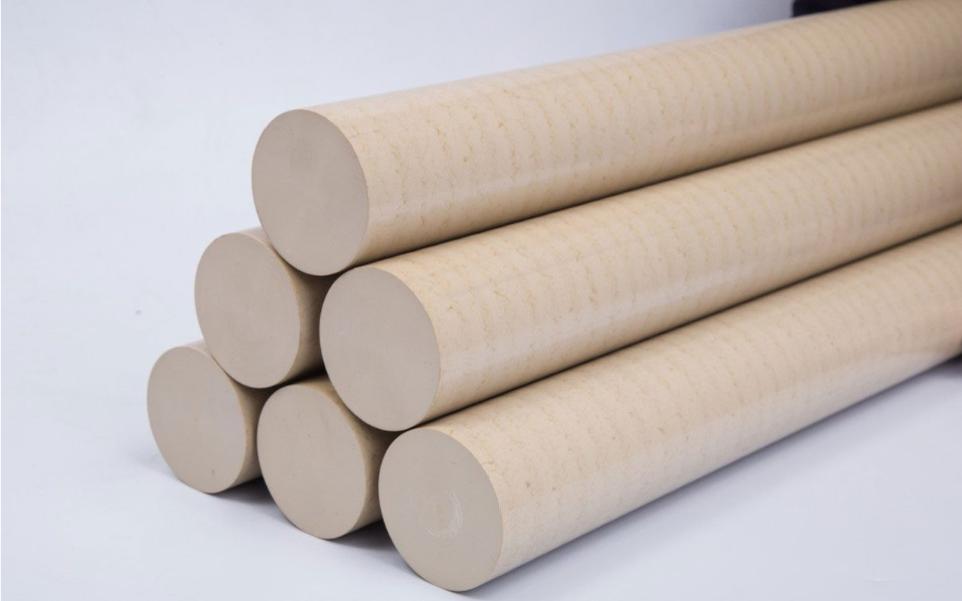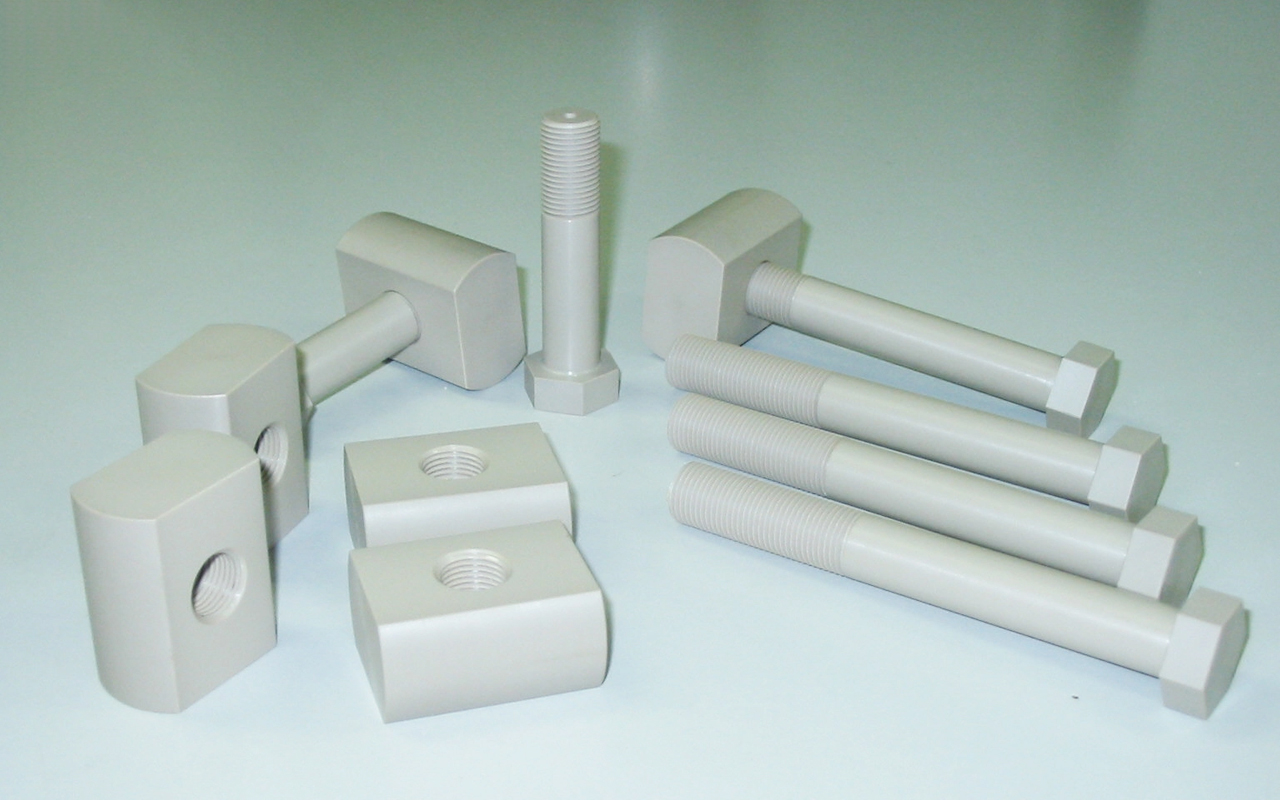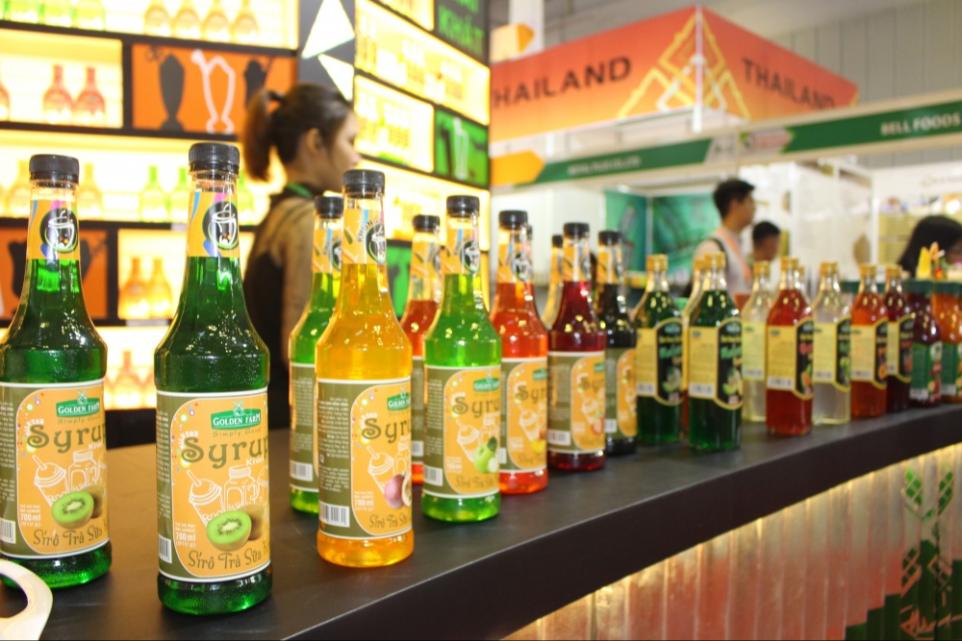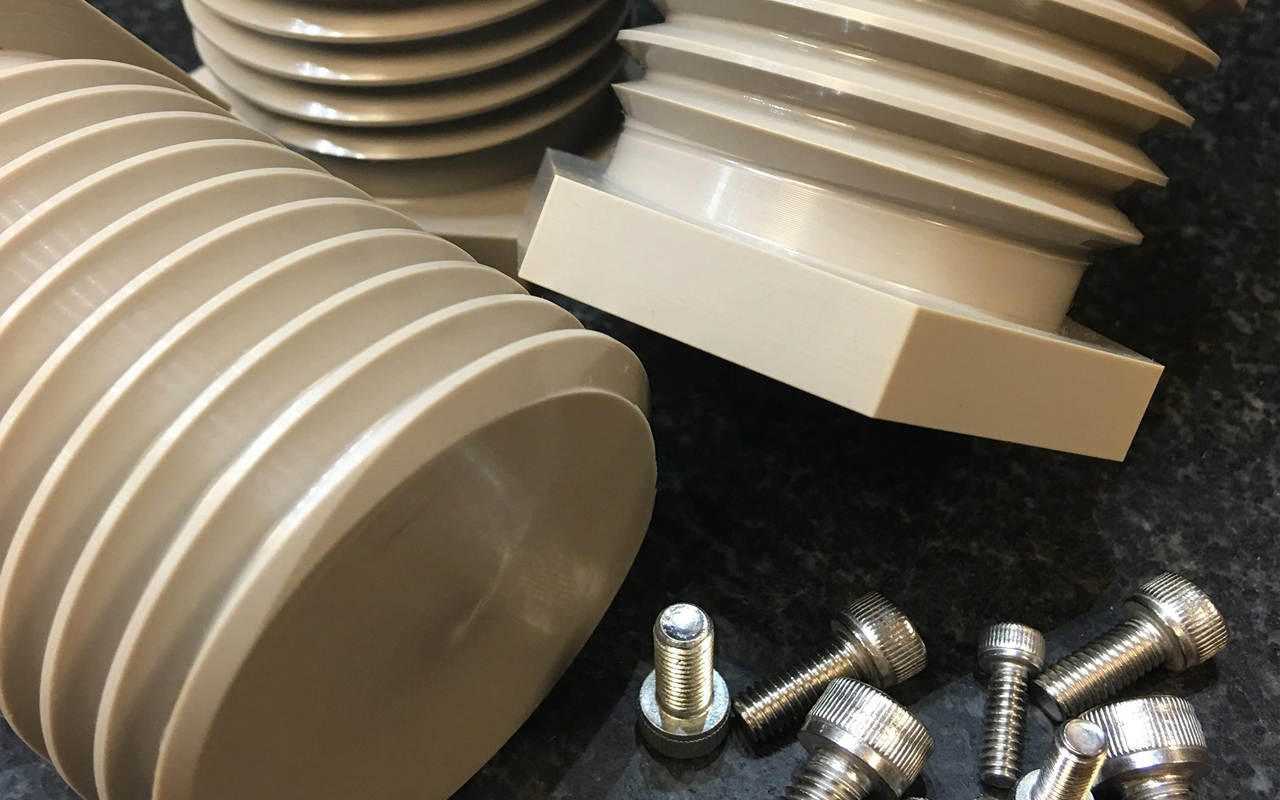Some properties of PEEK:
Chemical resistance: PEEK has high resistance in chemical environments, even at high temperatures. It can only be dissolved in nitric acid or concentrated sulfuric acid.
Long life cycle: This is a hard, strong and durable polymer, with good wear resistance.
Hydrolysis Resistant: PEEK material can be exposed for long periods of time to water and high-pressure steam without causing serious degradation.
High temperature resistance: When the process temperature exceeds the limit that conventional plastic materials can withstand, PEEK should be used.
Application of PEEK material in various industries:

1) Aerospace:
PEEK is ideal for outdoor space conditions where the material is exposed to airborne particles and low temperatures. The material is also popular because it is lightweight, inert and inexpensive.
2) Production filter:
Biodiesel fuel filter: Biodiesel has been recognized worldwide as an alternative energy channel because of its immense benefits. However, biodiesel damaged standard filters because they were made from PA. PEEK is not affected by biodiesel and therefore provides good sustainability over a long period of time.
Battery-diaphragm: This is a composite material used to separate the different layers in a battery. PEEK, with a thickness of 50 microns, is thinner than commonly used polypropylene at 195 microns. Again, thanks to its good resistance to acids and chemicals along with controlled leakage, PEEK is considered a high-quality material for the production of modern products.

3) Medical:
Implant material: PEEK is quite flexible, durable and sturdy in nature. It does not damage the body or skin so it is useful for soft tissue repair and grafting.
Dialysis filter: During dialysis, failure of the pump mechanism causes serious problems and therefore a good pump that is not affected by heat or cold is required. For this reason, PEEK, with its high temperature resistance and low moisture absorption capacity, is a suitable choice.
4) Food and Drinks:
Food drying: Processes requiring dehydration to produce powders, fondants and granules require temperatures up to 150°C. Currently PET fabric is used but when high temperatures are required up to 190°C but still need to ensure the same properties as PET, Polyetheretherketone is a very good choice.
Food drying: At the end of production, some animal foods are dried on belts reaching temperatures of 150°C. PEEK is a commonly used material in this application because it maintains high temperatures for long periods of time.
5) Chemicals and Pharmaceuticals:
Pharmaceutical products including centrifuges and disc filters: Medical equipment is cleaned at temperatures reaching 150°C. Many plastic materials such as PA, PET, E-CTFE, PVDF cannot sustain heat such altitude. PEEK is extremely suitable for this type of filter because it retains its high temperature resistance and flexibility. Furthermore, it is less susceptible to contamination and is also available at an affordable price.
Vacuum Belt Filter: Vacuum filtration is a process where chemicals are dehydrated and dried by running through a filter on a belt. Various chemical manufacturers often use PEEK to make filters more than polyester because it is less durable.










